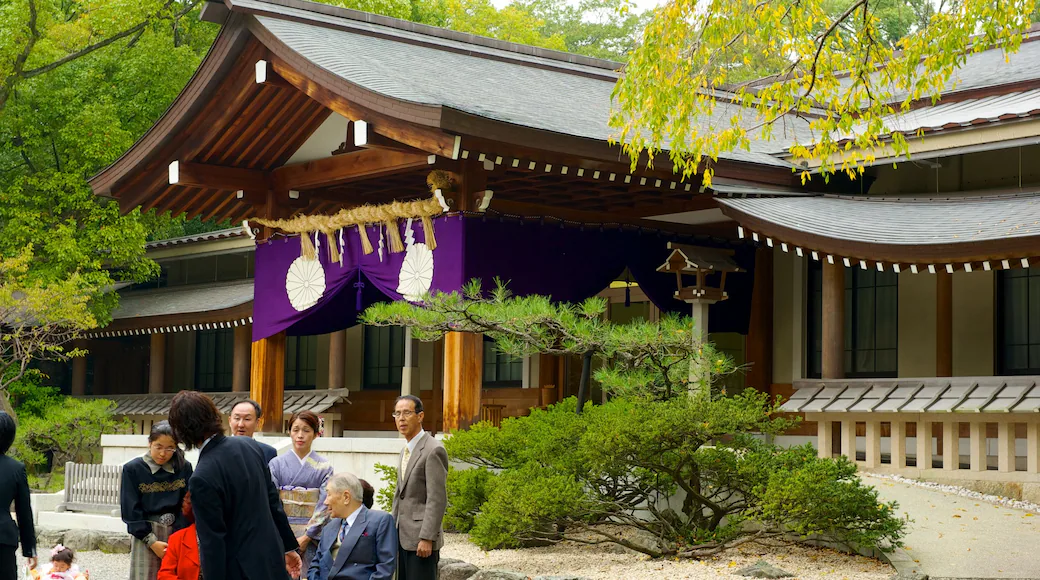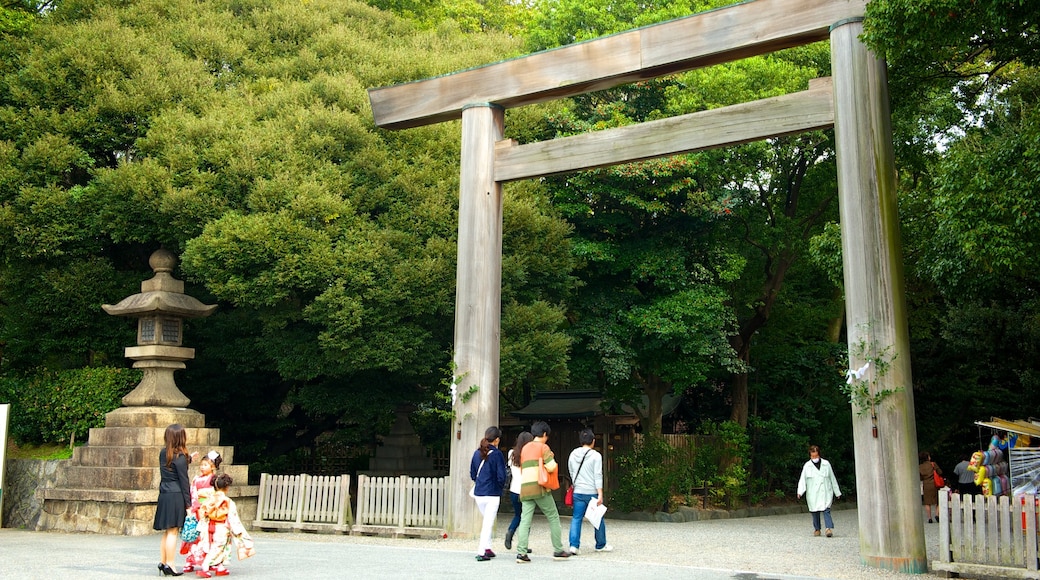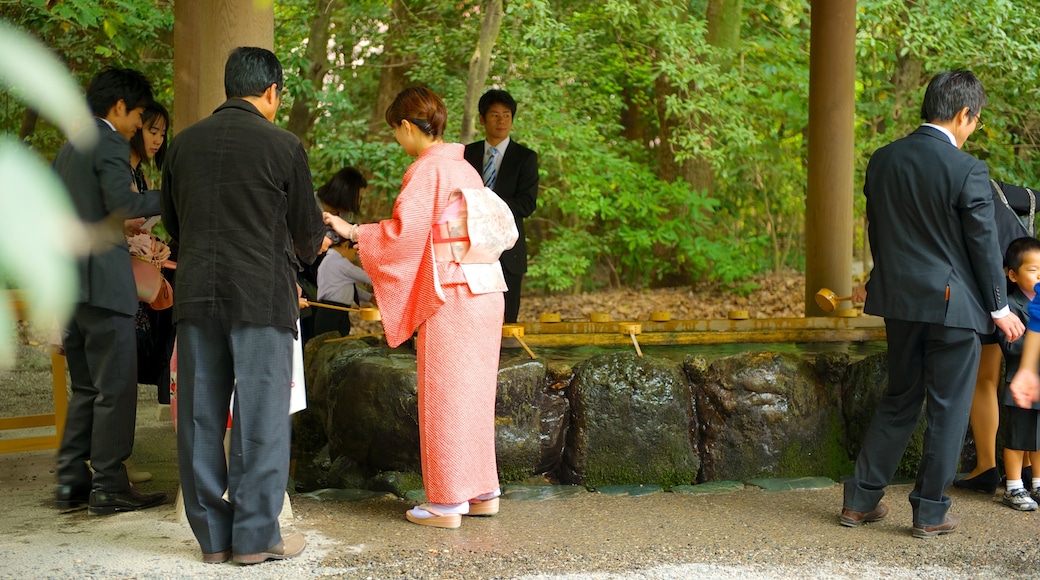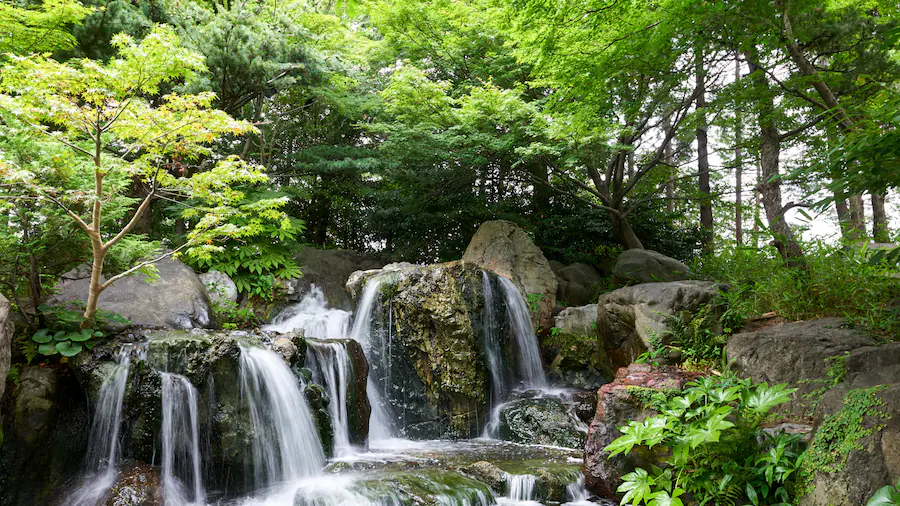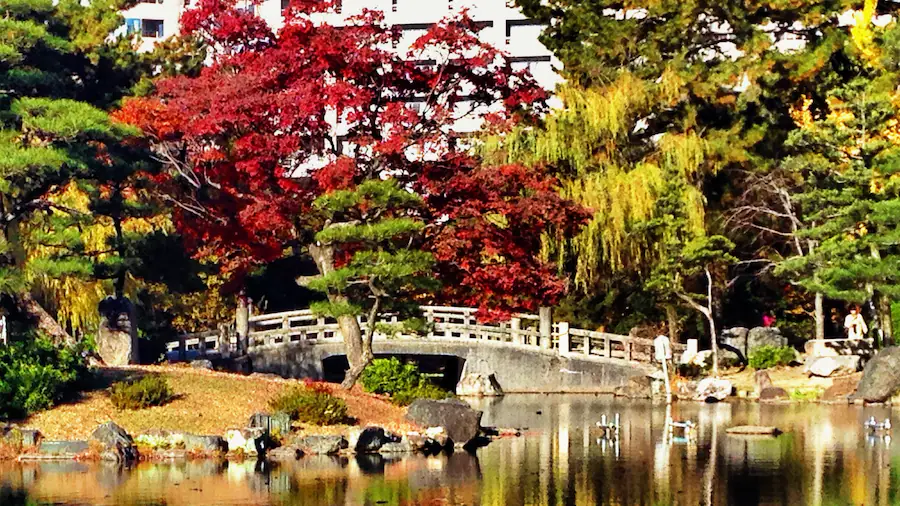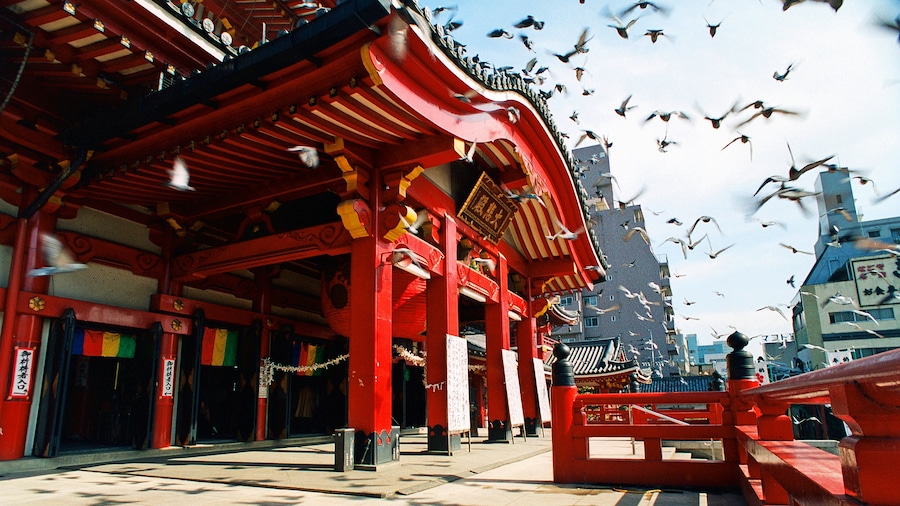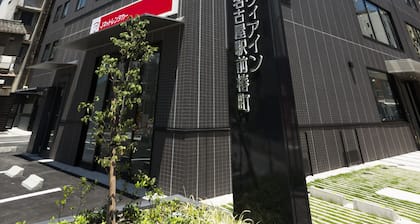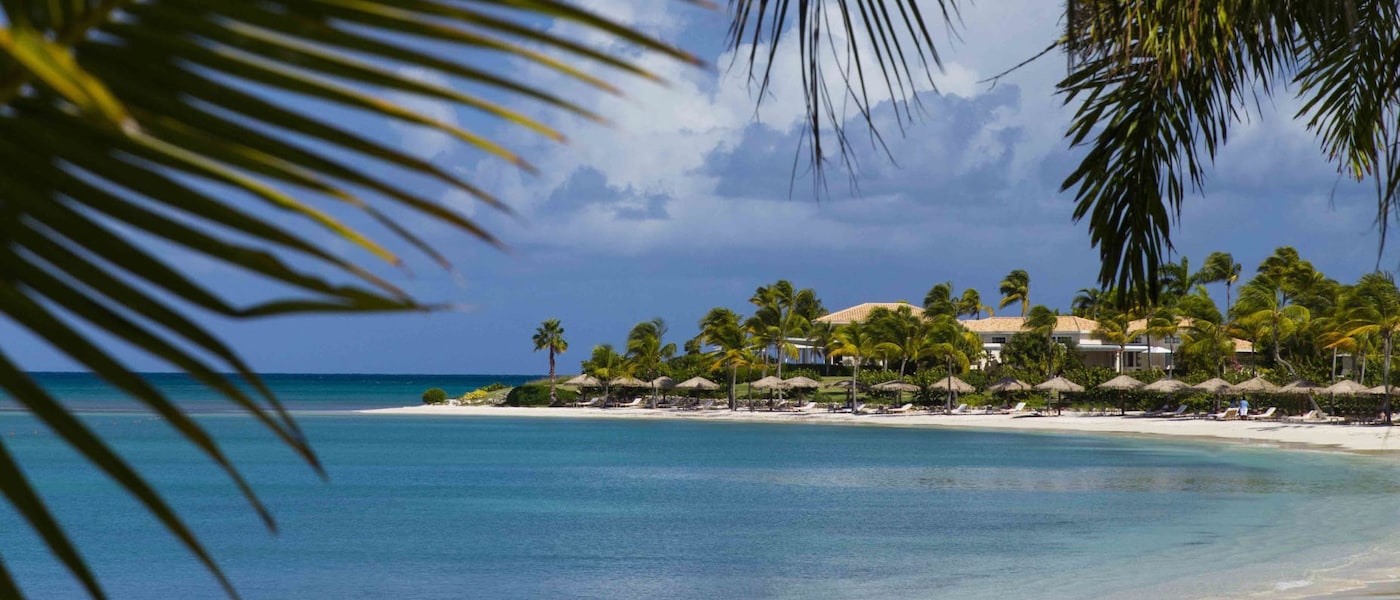Just to the south of Nagoya, surrounded by serene wooded parklands, you will find the elegant Atsuta Shrine. This Shinto site is one of Japan’s most sacred places. Learn about the shrine’s long history and take the chance to watch traditional ceremonies in action. Stay a while to enjoy the site’s appealing architecture and the serenity of the setting.
As you admire the shrine’s design, look closely for evidence of a number of different architectural styles. It is believed that the shrine was originally built under the rule of Emperor Keiko in the first or second century, but it has been continuously adapted and remodelled since then. Each section’s style represents the period in which it was erected. Keep an eye out for the Nobunaga Walls, which were donated in gratitude by Shogun Nobugana Oda after he prayed for a military victory at the shrine, and then won.
Unfortunately, the Atsuta Shrine suffered significant fire damage during World War II. Extensive repairs have taken place, however, and the shrine has been returned to its original condition. Now the shrine is not only in operation: it is extremely popular with locals as well as with travellers, drawing around 9 million visitors per year. As such, the shrine can be rather busy during peak visiting periods.
Head to the Bunkaden, the shrine’s treasure hall, to see some of the most sacred relics in the country. Swords, traditional costumes and ancient homewares are all on display at the site, as are the fascinating Bugaku masks used in dance rituals.
A number of traditional ceremonies are held at the Atsuta Shrine throughout the year. Visit in May to see the Bugaku Shinji, a traditional dance that is over 10 centuries old, or come in January to see the New Year ritual of Hatsu-Ebisu, which seeks to attract good fortune.
Located just a short trip from central Nagoya, the Atsuta Shrine is best accessed using the fine Japanese train system. Should you insist on driving, there is some metered parking available. The shrine does not charge for admission, and it is open every day. As you leave the shrine, explore the gorgeous woodland park all around, stopping perhaps at the restaurant on the grounds for a bowl of kishimen noodles.
